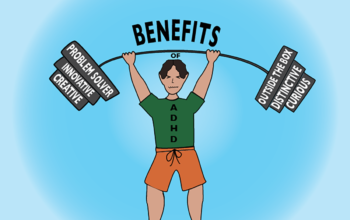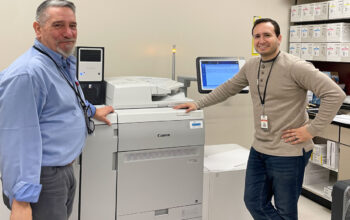Despite their lack of knowledge, students have a lot to say about their favorite meals. “The chicken is pretty bad for you,” senior Peter Murphy said, who later exclaimed in joy about receiving a multitude of five chicken tenders.
Several students enjoy snacking during the day, grabbing food until the cafeteria closes. “I have, like, three cookies every day,” says junior James Shannon. “I wouldn’t be surprised if there are 400 calories in a cookie. They still taste good!”
Many students also joke about the water being the healthiest thing on the menu, or “the leaves they serve as salad” as described by senior, Allie Potenza.
But because of these assumptions, many choose to bring their own lunches “I like having my own food, and I like knowing what is in the food I eat,” sophomore Liz Gordon said. Though a lunch menu is available in the cafeteria and online, no nutritional information is posted.
The rumors, are in fact, just rumors, as a single 2.5 oz organic cookie only contains 212 calories. The food served in NCHS is reasonably healthy and meets the district standards, with each meal containing 18% to 23% fat and 3% to 6% saturated fat. A serving of chicken fingers contains 266 calories, french fries contain 142 calories, and the pizza, 272 calories.Though the line for the fried foods can reach miles back, the salad bar is still the most popular station in the cafeteria, and the amount of calories depends on the personal choice.
The five schools in the district spend over $300,000 on Food Services, and this money is confirmed to go towards the general health of the school’s population. “The meals that are served are put through a nutritional analysis so that we can be sure that they meet, at the very least, the USDA requirements for healthy meals” Bruce Gluck, Director of Food Services said. “We go a step further to ensure that the meals exceed these standards.”
Mr. Gluck guarantees eating the cafeteria food should not impact your diet. The menu is optional and tries to cater to out of menu choices. For example, falafel is gluten free and the salad bar is fresh, healthy, and optionally vegetarian.“We do try to include items that will be appropriate for people with specific dietary needs,” he added. ” These options are, indeed, healthy.”
According to Mr. Gluck, obesity is not a concern to the school and the food they serve. “The average student eats less than 17% of their meals at school,” he said. “As such, the impact of school lunch is more educational then nutritional.”




